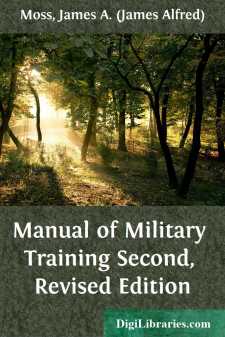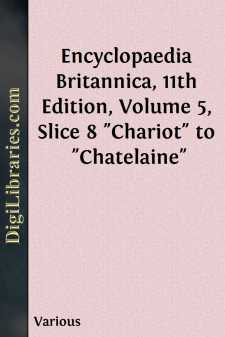Reference
- Atlases 1
- Bibliographies & Indexes 10
- Catalogs 55
- Dictionaries 1
- Encyclopedias 43
- Etiquette 14
- Handbooks & Manuals 19
- Heraldry 2
- Quotations 9
Reference Books
Sort by:
RENEWALS An alphabetical list under author, issuing body, or title of books, pamphlets, serials, and contributions to periodicals for which renewal copyrights were registered during the period covered by this issue. Included in the list are cross-references from the names of claimants, joint authors, editors, etc., and from variant forms of these names. Information relating to both the original and...
more...
by:
Various
AUSTRIA, LOWER (Ger. Niederösterreich or Österreich unter der Enns, "Austria below the river Enns"), an archduchy and crownland of Austria, bounded E. by Hungary, N. by Bohemia and Moravia, W. by Bohemia and Upper Austria, and S. by Styria. It has an area of 7654 sq. m. and is divided into two parts by the Danube, which enters at its most westerly point, and leaves it at its eastern...
more...
by:
John Bartlett
SHAKESPEARE. TEMPEST. Act i. Sc. 2. There's nothing ill can dwell in such a temple:If the ill spirit have so fair a house,Good things will strive to dwell with 't. Act i. Sc. 2. I will be correspondent to command,And do my spiriting gently. Act ii. Sc. 2. A very ancient and fishlike smell. Act ii. Sc. 2. Misery acquaints a man with strange bed-fellows. Act iv. Sc. 1. Our revels row are ended:...
more...
PREFATORY Not only does this manual cover all the subjects prescribed by War Department orders for the Junior Division, and the Basic Course, Senior Division, of the Reserve Officers' Training Corps, but it also contains considerable additional material which broadens its scope, rounding it out and making it answer the purpose of a general, all-around book, complete in itself, for training and...
more...
by:
Various
CHARIOT(derived from an O. Fr. word, formed fromchar, a car), in antiquity, a conveyance (Gr.á¼â¦ρμα, Lat.currus) used in battle, for the chase, in public processions and in games. The Greek chariot had two wheels, and was made to be drawn by two horses; if a third or, more commonly, two reserve horses were added, they were attached on each side of the main pair by a single trace fastened...
more...
by:
Various
BASSO-RELIEVO (Ital. for âlow reliefâ), the term applied to sculpture in which the design projects but slightly from the plane of the background. The relief may not project at all from the original surface of the material, as in the sunken reliefs of the Egyptians, and may be nearly flat, as in the Panathenaic procession of the Parthenon. In the early 19th century the term basso-relievo, or...
more...
RENEWAL REGISTRATIONS A list of books, pamphlets, serials, and contributions to periodicals for which renewal registrations were made during the period covered by this issue. Arrangement is alphabetical under the name of the author or issuing body or, in the case of serials and certain other works, by title. Information relating to both the original and renewal registration is included in each entry....
more...
RENEWAL REGISTRATIONS A list of books, pamphlets, serials, and contributions to periodicals for which renewal registrations were made during the period covered by this issue. Arrangement is by registration number; as renewal registrations are numbered continuously for all classes, there will be breaks in the sequence for any given type of material. Information relating to both the original and the...
more...
AN OAK BUFFETFinished BuffetDetails of BuffetThe accompanying sketch and detail drawing show a design of a buffet wherein refinement of outline and harmony of details are conspicuously regarded. Quarter-sawed oak is the most suitable wood for this handsome piece of mission furniture. The material should be ordered from the mill ready cut to length, squared and sanded. Following is a list of the stock...
more...
BOOKS & PAMPHLETS Renewals [* 3.5 non-renewal entries *] R630461. Law, totalitarianism and democracy. By Sidney Post Simpson, Julius Stone & M. Magdalena Schoch. (Cases and readings on law and society, book 3) © 24Mar49; A31620. West Publishing Company (PWH); 5Apr76; R630461. R634090. Cradle rhymes. By Gladys M. Horn &Rachel Taft Dixon. © 5May49; A33932.Western Publishing Company, Inc....
more...











